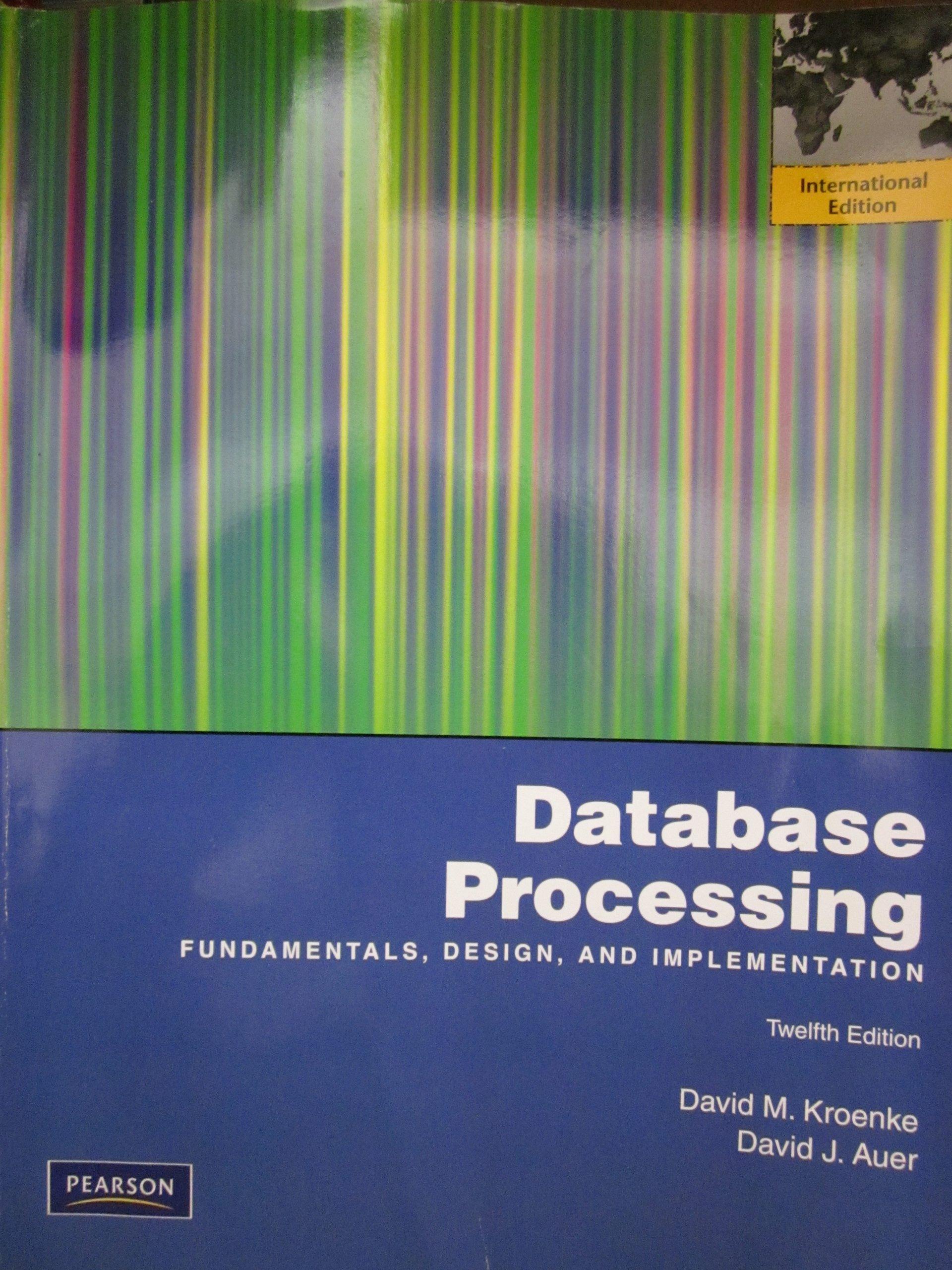Question
In this assignment, you will create a Java program to read undergraduate and graduate students from an input file, and write them in reverse order
In this assignment, you will create a Java program to read undergraduate and graduate students from an input file, and write them in reverse order to an output file. 1. The input file name and the output file name are passed in as the first and second arguments at command line, respectively. For example, assume your package name is FuAssign5 and your main class name is FuAssignment5, and your executable files are in C:\Users\2734848\eclipse-workspace\CIS 265 Assignments\bin. The following command line will read from a local file students.txt and write to a local file students_reversed.txt: C:\Users\2734848\eclipse-workspace\CIS 265 Assignments\bin > java FuAssign5.FuAssignment5 students.txt students_reversed.txt 2. You need to specify the command line arguments if you use jGrasp or Eclipes. I will show you on jGrasp on Wed. during the lab. 3. The parameter String[] args in the main method contains the command line arguments, where args[0] contains the first argument. For example, in the previous command, args[0] contains students.txt. 4. If the program is run with incorrect number of arguments, your program must print an error message and exit. The error message must show correct format to run your program, e.g., Usage: FuAssign5.FuAssignment5 input_file output_file where FuAssign5 is the package and FuAssignment5 is the main class. 5. Each line in the input file represents a student. There are 5 fields in each line: name, id, gpa, graduate or undergraduate, isTransfer (for undergraduate) or college (for graduate). The fields are separated by comma, ,. For example, the input file students.txt file may contain: Michelle Chang,200224,3.3,graduate,Cleveland State University Tayer Smoke,249843,2.4,undergraduate,false David Jones,265334,2.7,undergraduate,true Abby Wasch,294830,3.6,graduate,West Virginia 6. The program will read the lines and create undergraduate students or graduate students accordingly. The students are added to an ArrayList. 7. The program then writes the list of students in reserve order to the output file. 8. Given the previous input file students.txt, the output file, students_reserved.txt, will be: Abby Wasch,294830,3.6,graduate,West Virginia David Jones,265334,2.7,undergraduate,true Tayer Smoke,249843,2.4,undergraduate,false Michelle Chang,200224,3.3,graduate,Cleveland State University II. Implementation Requirements The program must implement a main class and three student classes (Student, UndergradStudent, GradStudent). You may reuse the code from previous assignments. However, the Student class must be declared as an abstract class now. It must also have an overloaded printStudent(PrintWriter output) method. The method will write students information to the output file using the output PrintWriter. 2 Accordingly, the UnderGradStudent and GradStudent classes must also have an overloaded printStudent(PrintWriter output) method. They must use the superclass method to write students information. The UnderGradStudents printStudent(PrintWriter output) writes undergraduate and isTransfer after that. The GradStudents printStudent(PrintWriter output) writes graduate and college after that. The UML class diagram should be as follows. All classes must be in the same package. The package name must start with your last name. For example, if your last name is Trump, your package name must start with Trump such as TrumpCIS265AS3, TrumpAS3, etc. You main class file name must start with your last name. For example, if your last name is Fu, your main class file name must start with Fu such as FuAssignment5.java. Since I/O exceptions are checked exceptions, your program must handle exceptions. You may use the try/catch or throw IOException. To throw exceptions, you declare it as: public static void main(String[] args) throws IOException { You must create an ArrayList of Students in the main class: import java.util.ArrayList; ArrayList
Step by Step Solution
There are 3 Steps involved in it
Step: 1

Get Instant Access to Expert-Tailored Solutions
See step-by-step solutions with expert insights and AI powered tools for academic success
Step: 2

Step: 3

Ace Your Homework with AI
Get the answers you need in no time with our AI-driven, step-by-step assistance
Get Started


